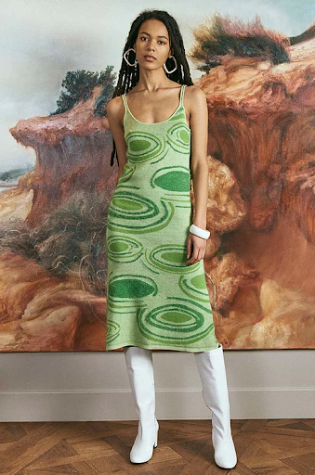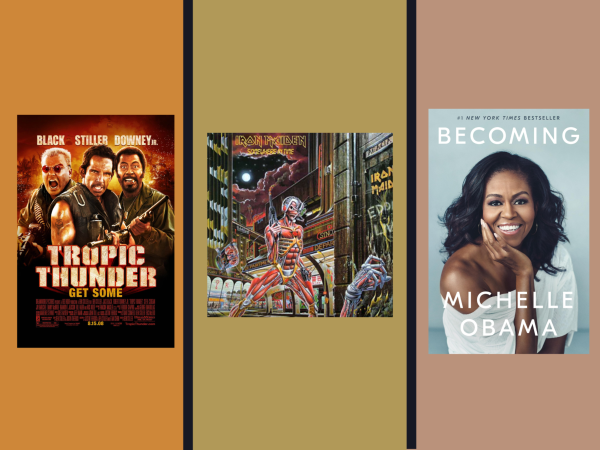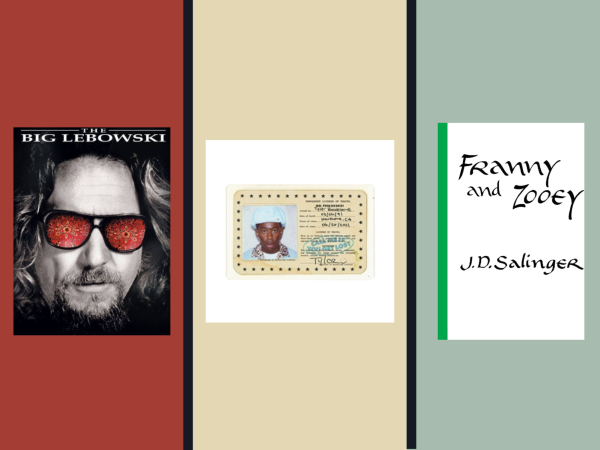The Rise of Trends in the Internet Age
Have you ever bought something because it’s style is “in”? Well, you’re not alone. Plenty of people spend their money on clothing, fads, and gadgets that are trendy instead of their practicality and actual interest in the item. The internet is the perfect breeding ground for new trends and products, especially on social media. What’s “in” and “out” is constantly and rapidly changing.
The trend/fashion cycle is the path a trend follows on its rise and fall. First the trend is introduced, most likely through the runway or the internet, and is only accessible to few people. Next the trend begins to catch on, increasing in popularity through social media influencers, earning the term “trend” (think the cerulean scene from The Devil Wears Prada). Consumer demand for the item leads to the peak, where it’s bought by the general public in many variations. Once overproduced and the market oversaturated, the item falls into obsolescence (aka “out-dated”).
However, the trend cycle can also refer to a 20-year old cycle in which past fashion is reinterpreted and reborn into the current fashion climate. This can be seen in the current resurgence of the y2k fashion of the early 2000s, “twilight-core,” and some 90s silhouettes like low-rise baggy jeans and baby tees. Or the continuity of high-waisted jeans in the 40s, 70s, 80s, and the 2010s.
With the introduction of the internet and social media, trend cycles have steadily sped up. Social media introduces millions of people to different trends, styles, and aesthetics everyday; and many fast fashion companies are able to meet the demands of today’s online shopping with much quicker speeds than before. Companies like Shein, Romwe, Forever21, H&M, and even Amazon to some extent are able to mass produce “trendy” clothing so fast that it declines soon after its peak.

A modern example of this is the House of Sunny Hockney Dress. It gained popularity on TikTok and Instagram for its funky shape and color. Soon it appeared on more and more people as fast fashion companies began making cheap “dupes”/knock-offs. About a month later, it was seen as “untrendy.” The companies that thrive on these trends use unethical labor practices and should be avoided if possible.
This new rise of rapid trend cycles relies on fast fashion to make clothing accessible to everyone. Not only is it harmful for workers, but it also promotes overconsumption and waste, which has negative effects on the environment. Additionally, trends hinder the development of someone’s personal style. Since every aesthetic and subculture has been mainstreamed and commodified, being told what to wear and what to buy limits the creativity and freedom someone has in choosing their outfits. Style is subjective, so our fashion should showcase our differences.
Your donation will promote student journalism at Hen Hud.

Kacie is a Senior at Hen Hud and this is her fourth year on The Anchor. For the paper, she does the layout, artwork, and writes. This year, she is the...





